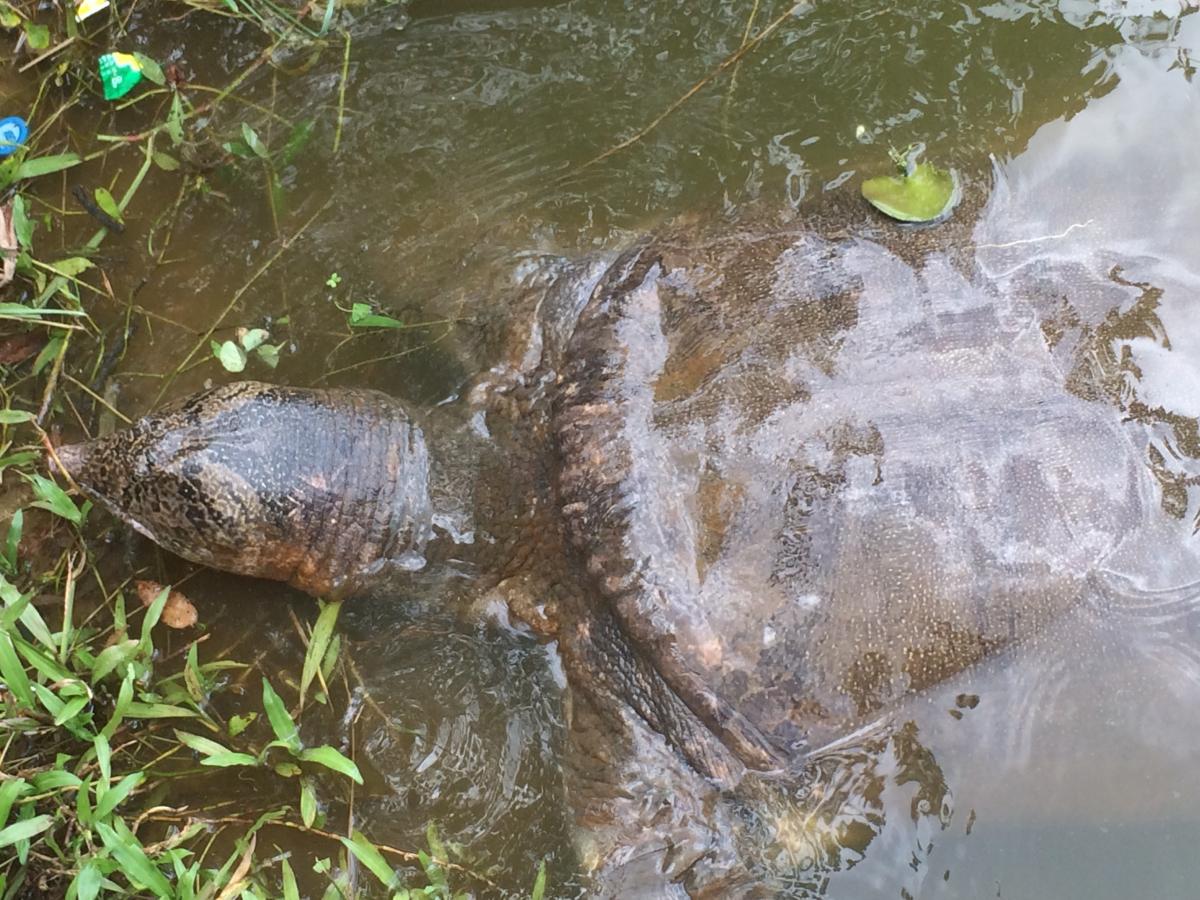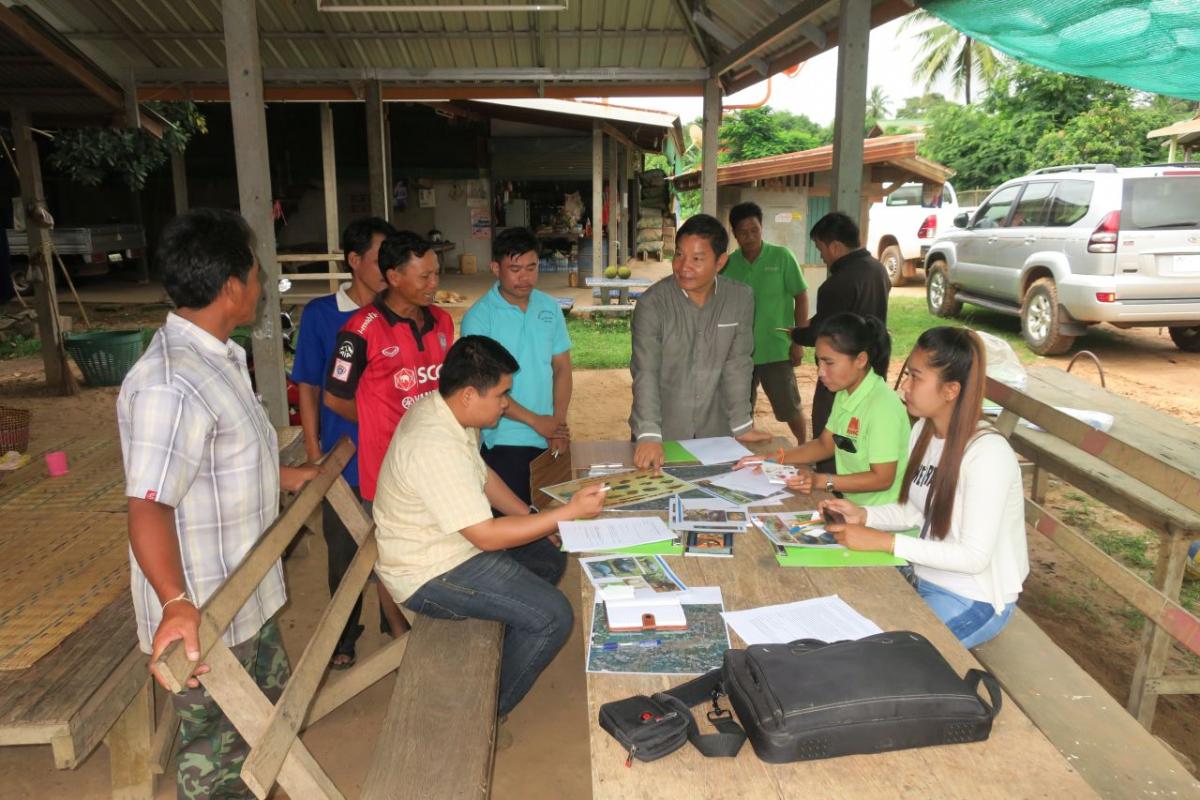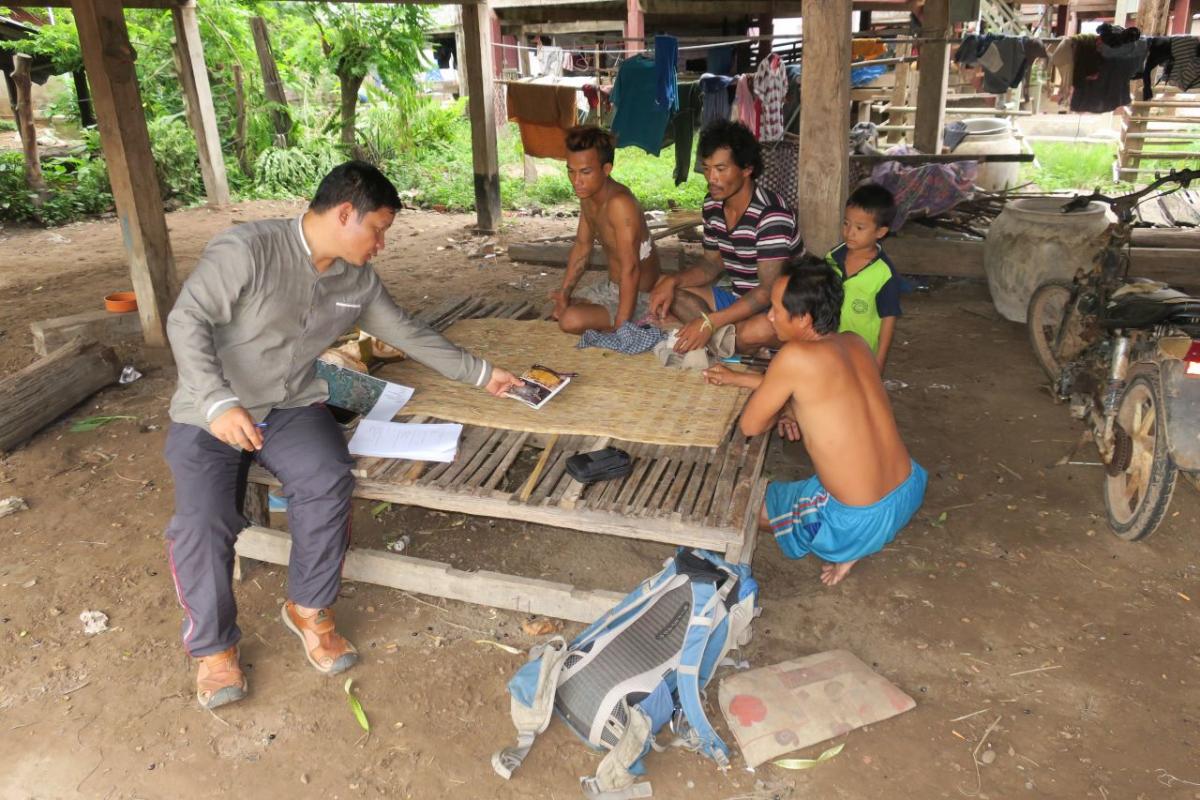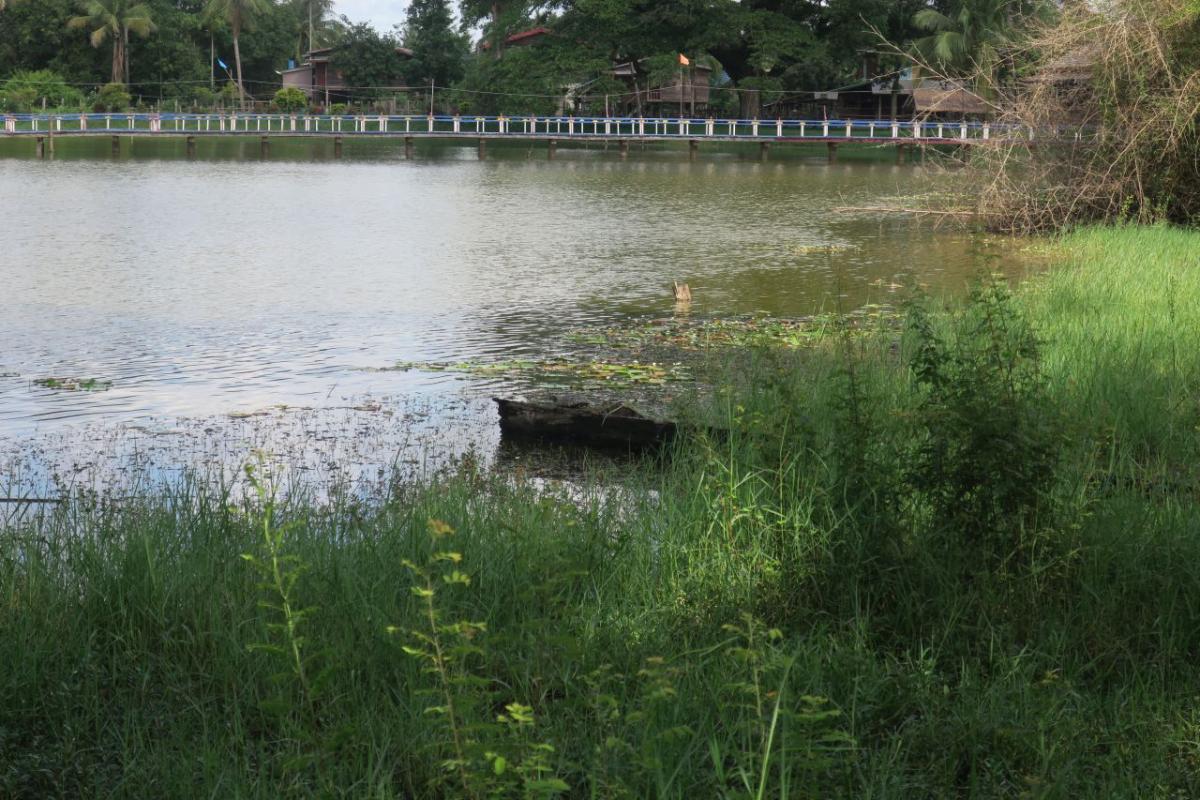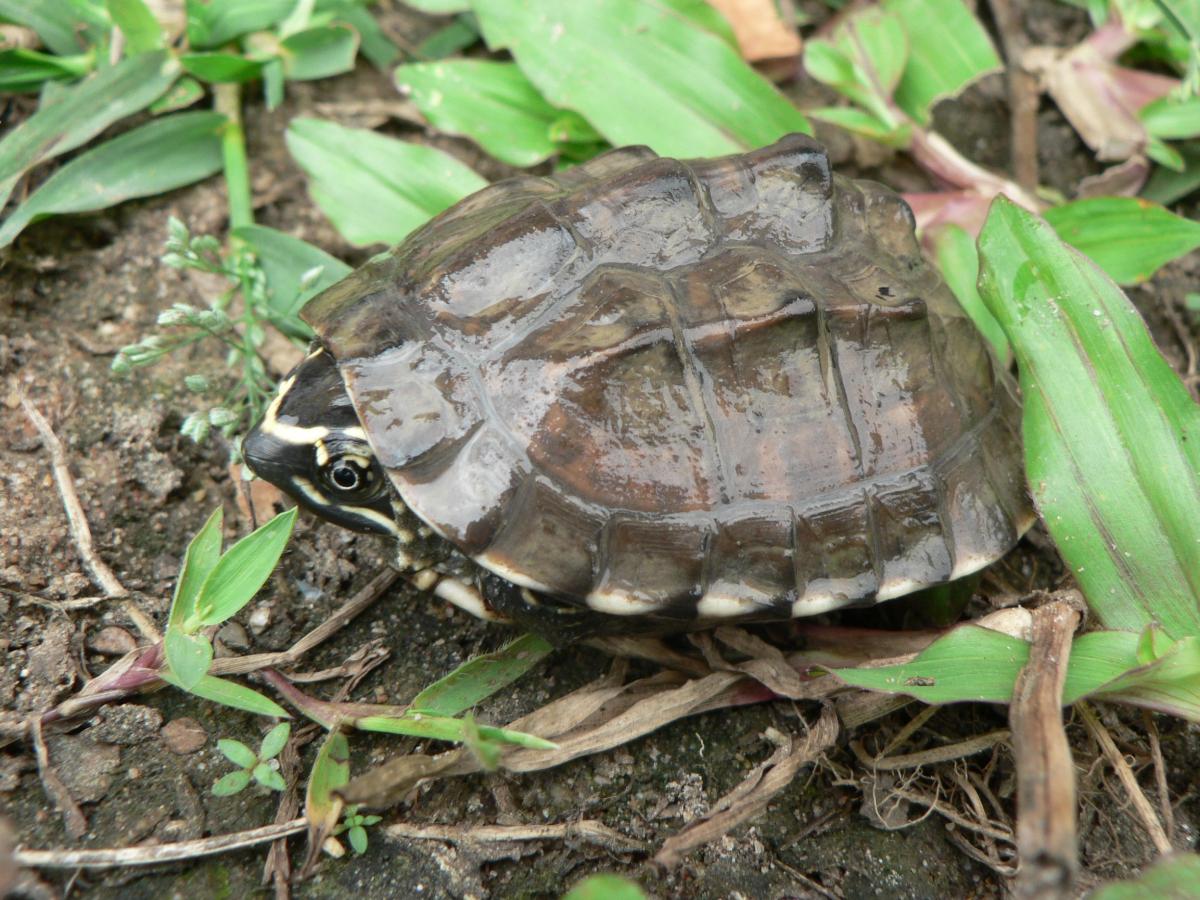Assessing Turtles in Ramsar Sites in Lao PDR
In June, IUCN Lao PDR assessed turtle populations in the Xe Champhone Ramsar site in southern Lao PDR. They studied several threatened turtle species, and plan to continue the work at the Beung Kiat Ngong Ramsar Site in the coming months.
This assessment focuses on five species of turtle known to live in the two Lao Ramsar sites. These species include the Mekong snail-eating turtle (Malayemys subtrijuga, the yellow-headed temple turtle (Heosemys annandalli),, the giant Asian pond turtle (Heosemys grandis), the Indochinese softshell turtle (Amyda cartilaginea ornata) and the Malayan box turtle (Cuora amboinensis kamaroma), the latter of which has only been reported in Beung Kiat Ngong.
The main objective of the study is to identify conservation priorities for the turtle populations of the Ramsar wetlands. IUCN plans to determine the conservation status of the different species, and identify and map important turtle habitats, including refuge and nesting sites. Other objectives, specific to the Xe Champhone Site and the Sacred Turtle Lake, Nong Pafa, located in the village of Dondeng, are to estimate the number of Indochinese softshell turtles that reside in this lake; assess the overall habitat quality of the lake, including water quality issues, and identify restoration measures; and to assess the potential suitability of a supported breeding programme for the species, as well as community monitoring programmes of the turtles’ reproductive ecology and ecotourism management.
All the turtle species mentioned above are threatened with extinction in the wild due to collection for food and traditional medicine. There is a high demand for turtles in China and Viet Nam, where selling prices are high. Because of a recent, large increase in harvest, many turtle populations in the region have greatly declined or disappeared. Turtles are particularly susceptible to increased hunting pressures because of the already high levels of mortality from natural predators among young turtles and because most species grow slowly and cannot reproduce until they are at least several years of age, and have low reproductive rates. Thus, those turtles that do survive to reproducing age are extremely important for ensuring the survival of the population, and collection for sale into the wildlife trade can quickly deplete populations.
